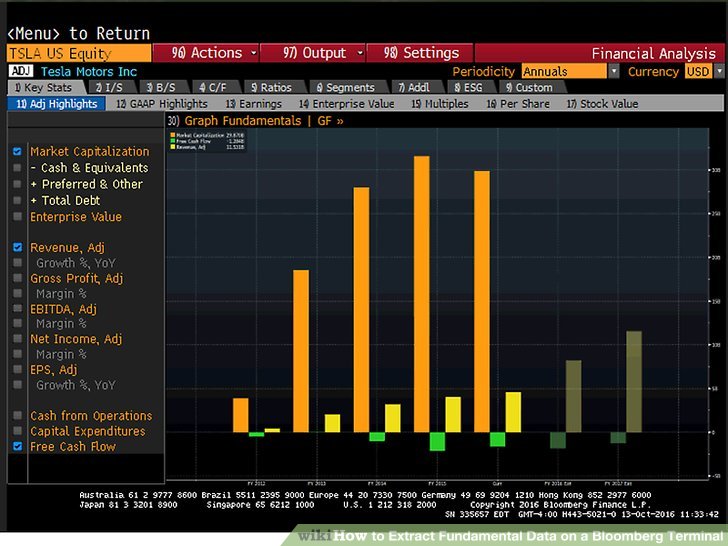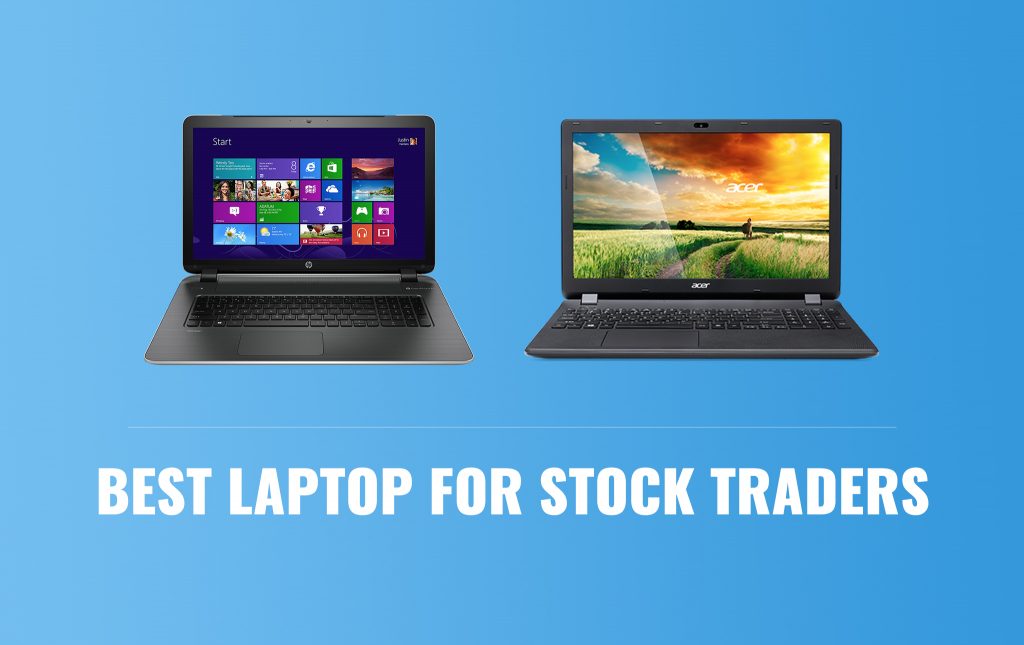Contents
The more complicated but more specific way to think about Web3 is an internet owned by users. That’s the dream of crypto boosters, who say the integration of blockchain technology will lead to an egalitarian internet. Web3 can be understood as the “read/write/own” phase of the Internet. Rather than just using free tech platforms in exchange for our data, users can participate in the governance and operation of the protocols themselves.
The value of shares and ETFs bought through a share dealing account can fall as well as rise, which could mean getting back less than you originally put in. Examples of Web 2.0 applications are Facebook, Instagram, Twitter and YouTube. Technologies in the Web 2.0 era are, for example, Javascript and HTML5. You should consider whether you understand how CFDs work and whether you can afford to take the high risk of losing your money.

While users could create content, they didn’t own it or benefit from its monetization. Web3 (also known as Web 3.0) is an idea for a new iteration of the World Wide Web which incorporates concepts such as decentralization, blockchain technologies, and token-based economics. Some technologists and journalists have contrasted it with Web 2.0, wherein they say data and content are centralized in a small group of companies sometimes referred to as “Big Tech”.
In web2 (or Web 2.0, as it was usually called then), people began creating and posting their own content, actively participating in the internet rather than passively reading it. But most of that activity ended up being distributed and monetized by big companies, which kept most, if not all, of the money and control for themselves. Others believe it’s a dystopian vision of a pay-to-play internet, in which every activity and social interaction becomes a financial instrument to be bought and sold. Web 3.0 also fundamentally works with cryptocurrency, more so than with fiat currency. Finance and the ability to pay for goods and services with a decentralized form of payment is enabled across Web 3.0 with the use of cryptocurrencies, which are all built and enabled on top of blockchain technology. An emerging governance ideal within the blockchain and Web 3.0 community is the concept of a decentralized autonomous organization .
So, is Web3 the future?
And distributed computing means that the file is shared across many computers or servers. If one particular copy of it does not match all of the other copies, then the data in that file isn’t valid. This adds another layer of protection, meaning no one person other than whoever is in control of the data can access or change it without the permission of either the person who owns it or the entire distributed network. Web3 is currently a work-in-progress and isn’t exactly defined yet.
Imagine a global, open alternative to every financial product you are using today – but accessible online to everyone in the world. Open means that they are built by an open community of developers with open-source software and accessible https://cryptolisting.org/ by everyone. Trustless describes a network and all interaction among participants that doesn’t require a trusted third party. And permissionless means that none of the participants requires authorization from a governing body.

A blockchain-based social network could delegate those decisions to users, who could vote on how to handle them. As opposed to the first two generations of the web, where governance and applications were largely centralized, Web 3.0 will be decentralized. Applications and services will be enabled in a distributed approach, where there isn’t a central authority. Gavin Wood coined the term in 2014, but many of these ideas have only recently become a reality. In the last year alone, there has been a considerable surge in the interest in cryptocurrency, improvements to layer 2 scaling solutions, massive experiments with new forms of governance, and revolutions in digital identity.
With Prifina’s solutions, individuals can get everyday value from their personal data. “The vision says the problem with the internet is too many centralized intermediaries. Instead of having lots of different applications and sites, we’ll put it all on blockchains, which puts it all in one place.” And so, the answer, according to Dryhurst and other Web3 fans, is an iteration of the internet where new social networks, search engines and marketplaces crop up that have no company overlords. Web3 is based on blockchain technology, so you’re going to need a firm grasp of it. Some people will think you’re referring to a web based on public blockchains . Others will think you’re referring to the Semantic Web – a vision of the internet that is machine-readable.
What could a Web3 version of Twitter look like?
Key web 3.0 applications for users in the future of web3, DTube also exercises decentralized governance. Users are in complete control over censorship and other guidelines for content visibility and usage on the video-streaming platform. Web 3.0 applications you must follow in 2022 would also showcase Secretum, a new decentralized messaging app. You can think of Secretum as the decentralized alternative to messenger apps such as WhatsApp.
- Even worse, many platforms require you to trust them with personally identifiable information to create an account.
- Web3 is a new stack of technologies for the development of decentralized web applications that enable users to control their own identity and data.
- Customers are limited to using their loyalty rewards on an existing platform.
- Crypto wallets like MetaMask and Torus enable you to integrate easy, anonymous, and secure international payments and transactions into web3 applications.
In a single click, these platforms can lock you out of your entire online life. Even worse, many platforms require you to trust them with personally identifiable information to create an account. In November 2021, James Grimmelmann of Cornell University referred to Web3 as vaporware, calling it “a promised future internet that fixes all the things people don’t like about the current internet, even when it’s contradictory”. Grimmelmann also argued that moving the internet toward a blockchain-focused infrastructure would centralize and cause more data collection compared to the current internet. This article is about the concept of a World Wide Web based on public blockchains.
Decentralization and Blockchain
Self-sovereign identity is a model for managing digital identities in which individuals or businesses have sole ownership … Data center interconnect technology links two or more data centers together to share resources. Adversarial machine learning is a technique used in machine learning to fool or misguide a model with malicious input. NFT. Nonfungible tokens are tokens that are stored in a blockchain with a cryptographic hash, making the token unit unique. The first generation of the web, sometimes referred to as Web 1.0, was invented and defined by Tim Berners-Lee in 1989.
With blockchain, the basic idea is that there isn’t an arbitrary central authority, but rather a form of distributed consensus. Inserting this type of ownership model into the internet has the potential to change the way consumers and brands interact. Web3 also has the potential to alter business-to-business partnerships by linking goods and services in ways that weren’t possible in the past. Web3, often called read-write-own, represents the next big step in the evolution of online interactions. It enables a bridge between the physical and virtual worlds by introducing new ownership and transactional models that stretch across and blend digital and physical realms. It’s an ethos that has the potential to empower consumers while strengthening the relationship consumers have with brands that are willing to operate with them in the space.
Web 3.0 is trying to take control of the internet from centralised networks and return it to users through decentralised networks, such as blockchain technology. Web3 means users’ data will no longer be stored by those big tech companies but reside in the blockchain, ensuring data and information are safe and secure. Web 3.0 has the potential to provide users with far greater utility, going well beyond the social media, streaming, and online shopping that comprise the majority of Web 2.0 applications consumers use. Capabilities like Semantic Web, AI, and machine learning, which are at the core of Web 3.0, have the potential to greatly increase application in new areas and vastly improve user interaction.
The next choice among web3 browsers which can make a huge difference would be the Beaker Browser. Presently under development at Blue Link Labs, the Beaker browser is an open-source and free browser for web 3.0. The peer-to-peer web browser can help users in publishing web apps as well as websites from the browser what is zyro itself. Web 3.0 applications for dealing with multiple use cases establishes the ideal grounds for trying out web3 apps. Web3 emphasizes developing an open and equal network with similar rights for anyone to participate in the network. In addition, web3 also prevents any concerns regarding security and privacy.
Networks like Solana offer several hundred digit millisecond latency and transaction costs of a small fraction of a penny. Unlike the current financial system, users do not have to go through the traditional numerous, friction-filled steps to interact with and participate in the network. All they need to do is download or install a wallet, and they can start sending and receiving payments without any gatekeeping.
The decentralized nature of Web 3.0 will also increase latency because data will no longer be stored in large, centralized databases. Companies and internet service providers will have to make huge investments in edge computing to move computing capacity closer to users in order to reduce latency. In other words, blockchain-based social networks, transactions and businesses can and will grow and thrive in the coming years.

Web 3.0 will also make use of machine learning and artificial intelligence to help empower more intelligent and adaptive applications. By its decentralized nature, the need of a third party to oversee operations is gone. Much like how cryptocurrency works today, web3 has the potential to be self-regulating and self-monitoring just by virtue of how the protocols are created.
How do DAOs relate to Web3?
Data transfers will be decentralized and all transactions will be recorded over a blockchain-enabled distributed ledger. He said if part of the impetus is to resist giving up personal data to Big Tech companies, then the blockchain is not the solution, since that will make even more data public. We touched on this earlier, but as venture capitalists and large organizations snatch up tokens, people argue power is just shifting from one set of big cats to another. However, one thing’s for certain, at least if you work in or around tech. Even if you ignore Web3, you should pay attention to things like blockchain, crypto, and distributed networks – or at the very least, keep your eye on it. Protocols allow for crypto to be decentralized via the blockchain, spreading them across a network of computers rather than being hosted in one location.
Web 3.0 AI may also be able to build you custom metaverse games or environments based on your personality and preferences. So when you ask, what is Web3 (Web 3.0), the answer is really that it’s just the next evolution of the internet, growing out of Web 2.0. We’re already getting glimpses of what it will eventually be, even if there is no hard definition of what this progression will entail.
Sola focuses on developing a social media platform where everyone has equal freedom of expression without granting a monopoly to advertisers, influencers and big brands. The advanced neural learning network of Sola, Neutral AI, helps in optimizing the process of sharing content. On top of it, users can also explore monetization opportunities for sharing and creating content. In addition, Brave has also successfully become one of the most secure browsers with promising security features. The new open-source browser leverages blockchain technology to safeguard the privacy of users.
These apps are often referred to as dapps , and you will see that term used often in the web3 space. Web3 is the latest term to attract a lot of attention in the media. The term “Web 3.0” was coined in 2014, but only recently has this concept started to gain momentum with the development of blockchain technology and cryptocurrencies. Regardless, there remains much confusion about what Web3 actually means—and how small businesses should prepare for the possible adoption of Web3 tools and practices. The leader in news and information on cryptocurrency, digital assets and the future of money, CoinDesk is a media outlet that strives for the highest journalistic standards and abides by a strict set of editorial policies.
That information is basically now resting with that company that did genetic profiling of you. They probably are going to monetize that in many different ways, e.g. selling their collecteddata in bulk to a pharma company because the pharma company will need to test the efficiency of their new drug designed on different genetics. And rather than having trials, they can do that nowadays through very sophisticated simulations. You gave up your essential data, your genetic makeup, just because you wanted to know your ancestry line, and other people are making money out of that.
Deixe uma resposta
Você deve serconectado para submeter um comentário.